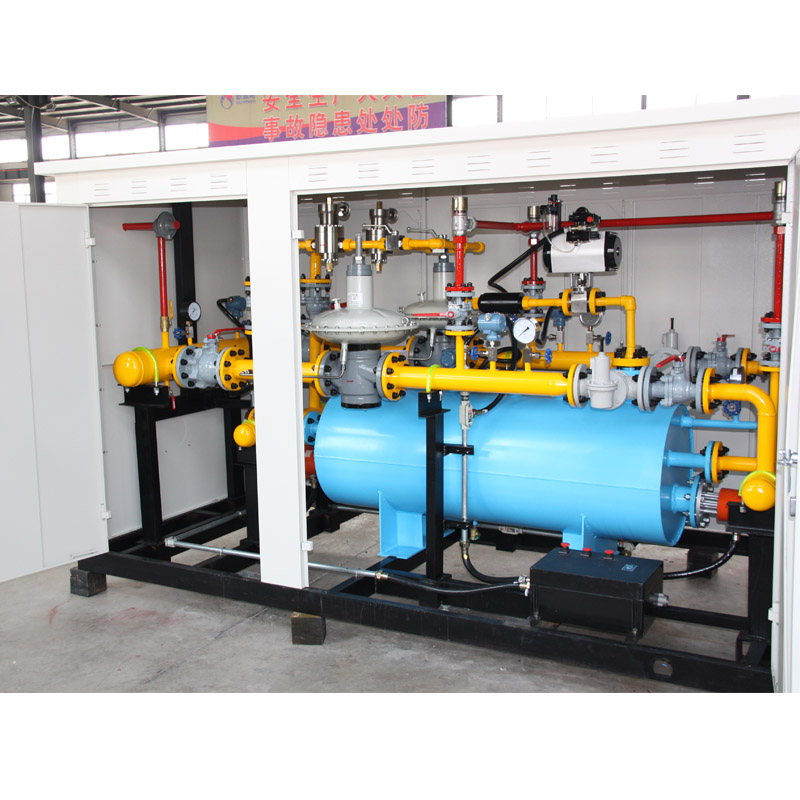
Nov . 21, 2024 19:07
Back to list
صمام الإغلاق
The Importance of Shut-off Valves in Modern Industry
Shut-off valves, also known as isolation valves, are crucial components in various industrial systems. They are designed to stop the flow of liquids or gases in pipelines, providing essential control over fluid dynamics within a system. This article explores the significance, types, working mechanisms, and applications of shut-off valves in modern industry.
Significance of Shut-off Valves
Shut-off valves play a vital role in ensuring safety, efficiency, and operational control in industrial processes. These valves can quickly isolate different sections of a pipe network, which is especially important during maintenance, repairs, or emergencies. By preventing the backflow of hazardous fluids, shut-off valves protect both equipment and personnel from potential accidents and leaks.
Moreover, these valves are instrumental in conserving resources. By controlling the flow, industries can minimize waste and optimize the use of energy and raw materials. This is increasingly important in today's eco-conscious environment, where businesses are held accountable for their environmental impact.
Types of Shut-off Valves
Shut-off valves come in various designs, each suited for specific applications. The most common types include
.
2. Ball Valves Known for their durability and reliability, ball valves offer a tight seal and are commonly used in gas and liquid applications. The spherical disc allows for quick opening and closing.
صمام الإغلاق

3. Globe Valves These valves provide better throttling capabilities than gate valves, making them ideal for regulating flow. Their design allows for a larger surface area to control fluid velocity.
4. Butterfly Valves Characterized by a rotating disc, butterfly valves are lightweight and suitable for large volume systems. They are commonly used in HVAC and water treatment processes.
5. Check Valves While not strictly shut-off valves, they prevent backflow and protect downstream equipment from damage. They operate automatically based on pressure differences.
Working Mechanism
The operation of shut-off valves can be manual or automated. Manual valves require physical handling to open or close the valve, while automated systems use electric, pneumatic, or hydraulic actuators for control. Automation enhances precision and response times, particularly in large systems where manual operation could be impractical.
Applications in Industry
Shut-off valves are widely used in various industries, including oil and gas, chemical manufacturing, water treatment, and food processing. In the oil and gas sector, for instance, they are crucial in controlling flow rates and preventing spills. In water treatment systems, shut-off valves ensure the safe distribution of potable water.
In conclusion, shut-off valves are indispensable for maintaining safety, efficiency, and environmental compliance in industrial operations. With advancements in technology, these valves continue to evolve, improving their functionality and sustainability. As industries increasingly focus on automation and resource conservation, shut-off valves will remain a key element in the safe and effective management of fluid systems.
Next:
Latest news
-
Safety Valve Spring-Loaded Design Overpressure ProtectionNewsJul.25,2025
-
Precision Voltage Regulator AC5 Accuracy Grade PerformanceNewsJul.25,2025
-
Natural Gas Pressure Regulating Skid Industrial Pipeline ApplicationsNewsJul.25,2025
-
Natural Gas Filter Stainless Steel Mesh Element DesignNewsJul.25,2025
-
Gas Pressure Regulator Valve Direct-Acting Spring-Loaded DesignNewsJul.25,2025
-
Decompression Equipment Multi-Stage Heat Exchange System DesignNewsJul.25,2025

